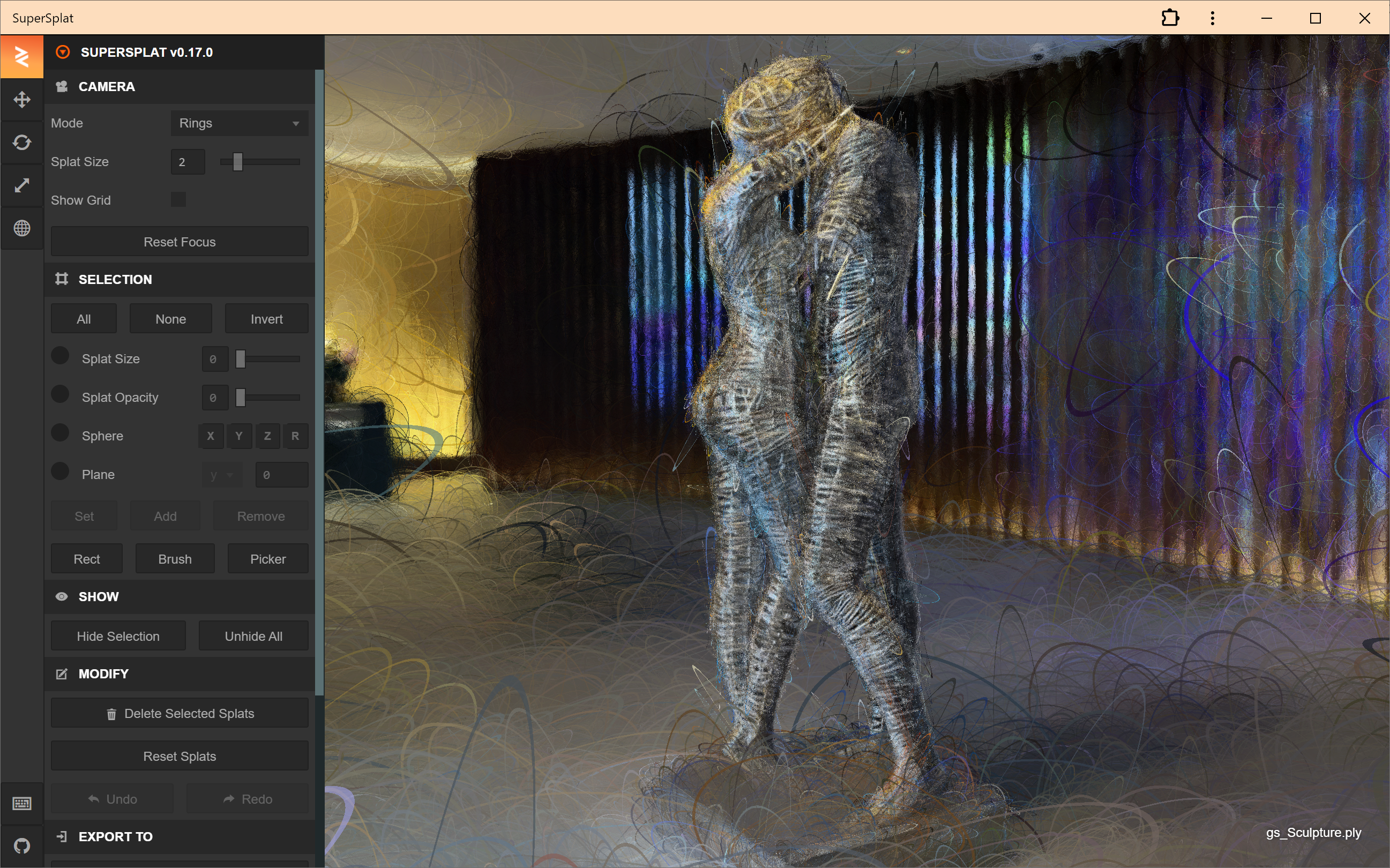PlayCanvas Open Sources SOG: The WebP of Gaussian Splatting
Goodbye SOGS. Hello SOG! 👋
Back in May, PlayCanvas announced support for SOGS, a revolutionary super-compressed format for 3D Gaussian splats. While SOGS was a huge leap beyond other compression techniques, we were still not satisfied! So we set about designing a new and improved iteration of the format.
Today, we are proud to introduce SOG: Spatially Ordered Gaussians.


